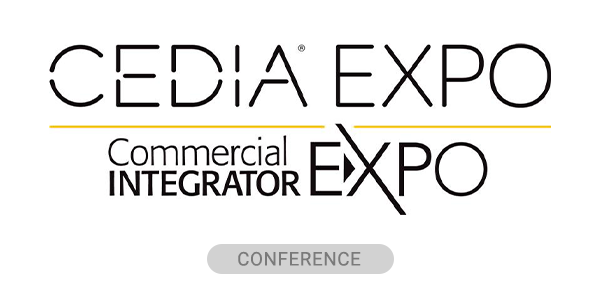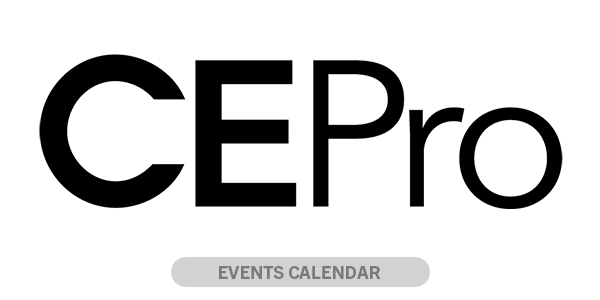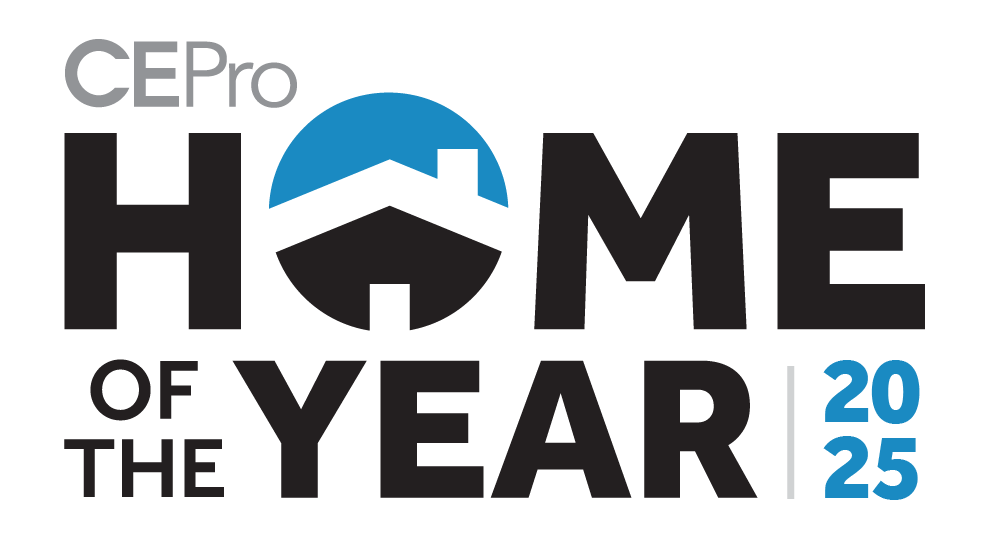Knowles Corporation, a market leader and global provider of advanced micro-acoustic microphones and speakers, audio solutions, and high-performance capacitors and RF products, has released research demonstrating a new Preferred Listening Response Curve for earphone design, reflecting findings to ensure the best and most satisfying music listening experience for consumers.
Sound quality continues to be at the top of the list for consumer audio demand, yet many True Wireless Stereo (TWS) earphone manufacturers have been slow to take advantage of the developing hi-res audio ecosystem, according to the company.
With the proliferation of lossless music streaming subscription services like Tidal, Qobuz, Amazon Music HD, and Apple Lossless, combined with the availability of high data rate Bluetooth codecs, the industry is able to deliver hi-res audio wirelessly with the right hardware and tuning.
Knowles says its latest research provides valuable insight into how to satisfy consumer demand for the best-sounding audio in either wired or wireless earphones, with information that can be used as a resource for manufacturers intent on facilitating such experiences.
Knowles’ Research Includes Range of Demographics, Hearing Abilities
Knowles analyzed more than 200 recordings, chosen from the last 20 years of the Billboard Hot 100 to represent much of the music that headphone wearers are likely to be streaming. This revealed significant high-frequency content above 10 kHz in popular music that many earphones fail to reproduce well, Knowles states.
From here, the team conducted controlled blind testing of a wide variety of listeners – with a range of demographics and hearing abilities – to determine what makes the best sound quality, as preferred by listeners, the company explains.
“Consumers want hi-res, premium sound through their TWS earphones. This has been a challenge for OEMs who have had no clear guideline for what consumers prefer across the full spectrum. Now we know exactly how to design and tune a TWS earphone to create the best sounding audio available,” says Shehab Albahri, senior director of Knowles Hearing Health Technologies R&D. “Brands that design with hi-res capable hardware and tune their earphones to the Knowles Curve will unlock the true potential of lossless streaming audio.”
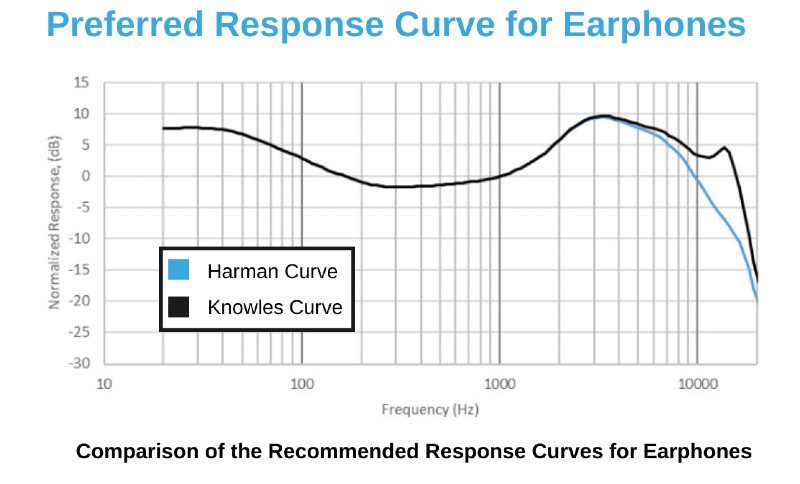
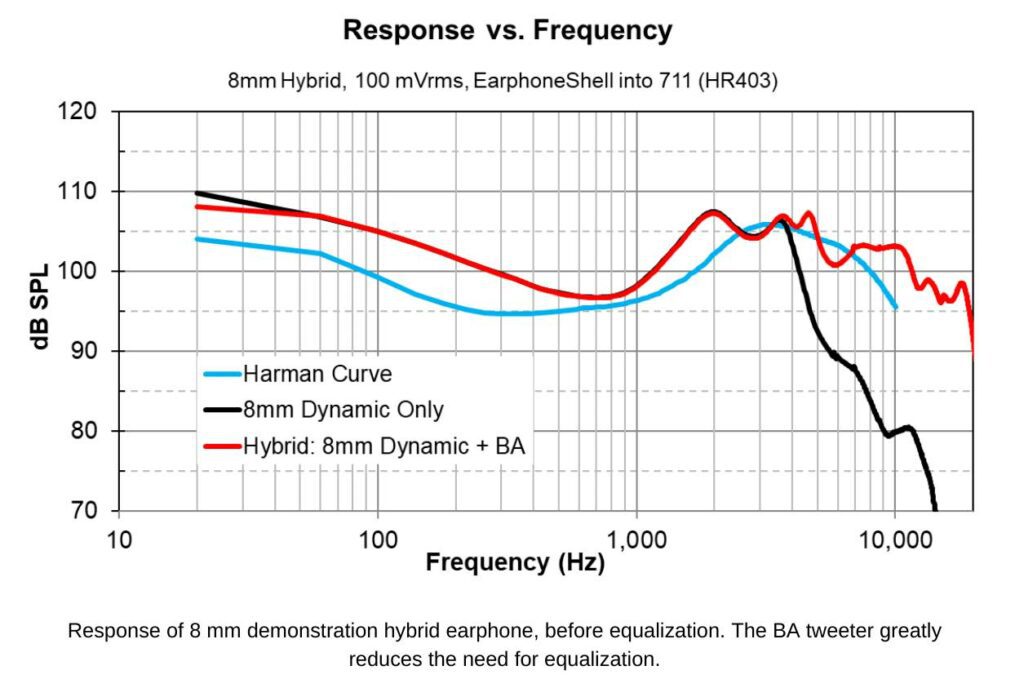
Optimum high-frequency response is key when designing hi-res earphones. Using technology only recently available, Knowles states it was able to extend an understanding of user preference beyond 10 kHz to create the new Knowles Preferred Listening Response Curve. By focusing on the high-frequency response, the new curve is uniquely suited to give manufacturers insights to deliver the best hi-res listening experience.
Key findings from the Knowles research show that earphones tuned to earlier concepts of what sounds good severely understate the amount of high-frequency energy that listeners prefer, the company notes. According to the Knowles Preferred Listening Response Curve, listeners consistently preferred between 12 and 21 dBs of boost at frequencies beyond 10 kHz, depending on age and hearing ability.
Designing and tuning an earphone that matches the high-frequency boost identified using the Knowles Preferred Listening Response Curve is expected to consistently provide a highly satisfactory end-user experience and receive high ratings from consumers, the company claims.
The Knowles Curve is an especially powerful tool when used with hearing personalization algorithms, the company adds. Knowles included subjects with various levels of reduced high-frequency hearing response and determined their preferred amount of boost. With this data, designers of TWS earphones with hearing personalization can configure their algorithm to produce the optimum sound quality across the range of hearing abilities commonly experienced by consumers, Knowles states.
A Knowles Preferred Listening Response Curve whitepaper with suggestions on hardware to meet the new curve can be downloaded from: http://www.knowles.com/preferred-listening-response.

